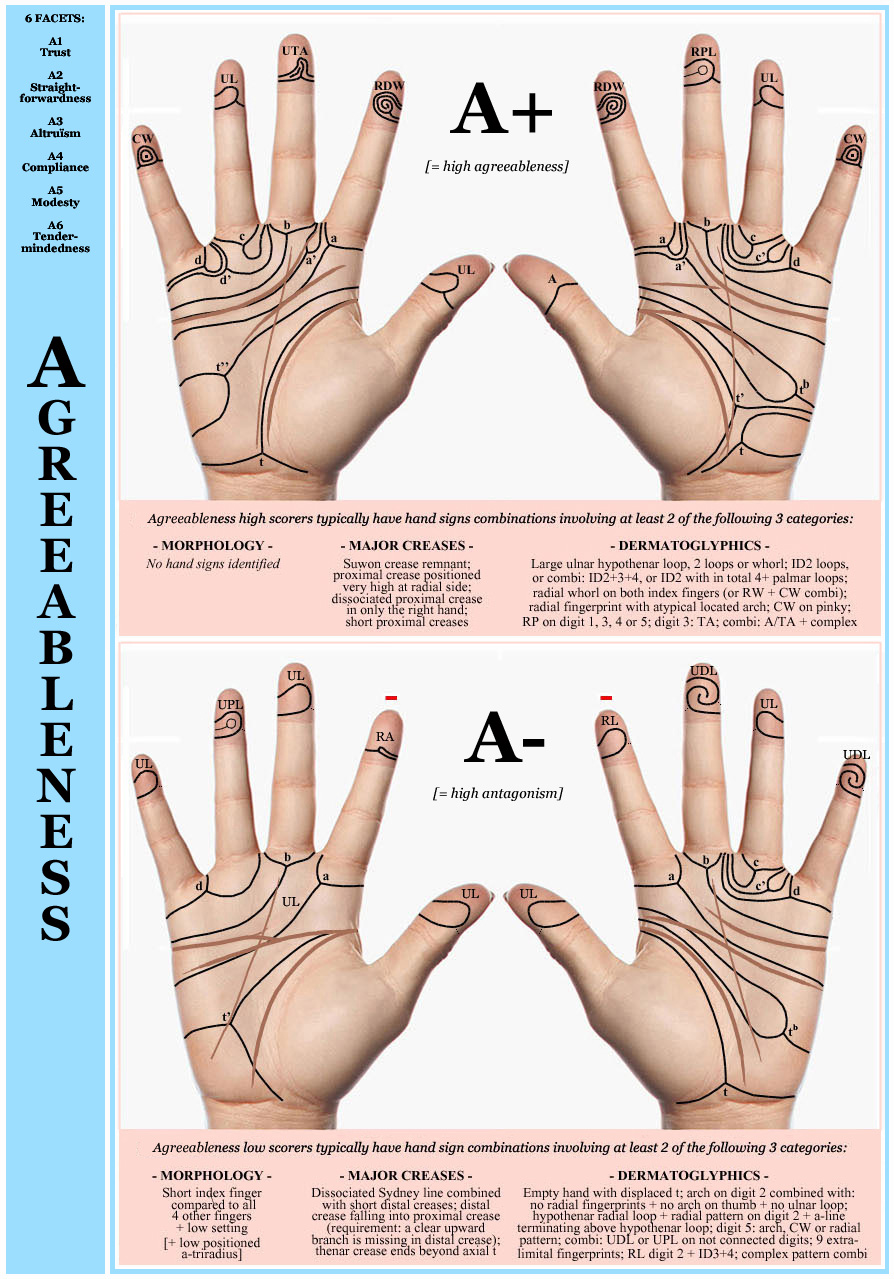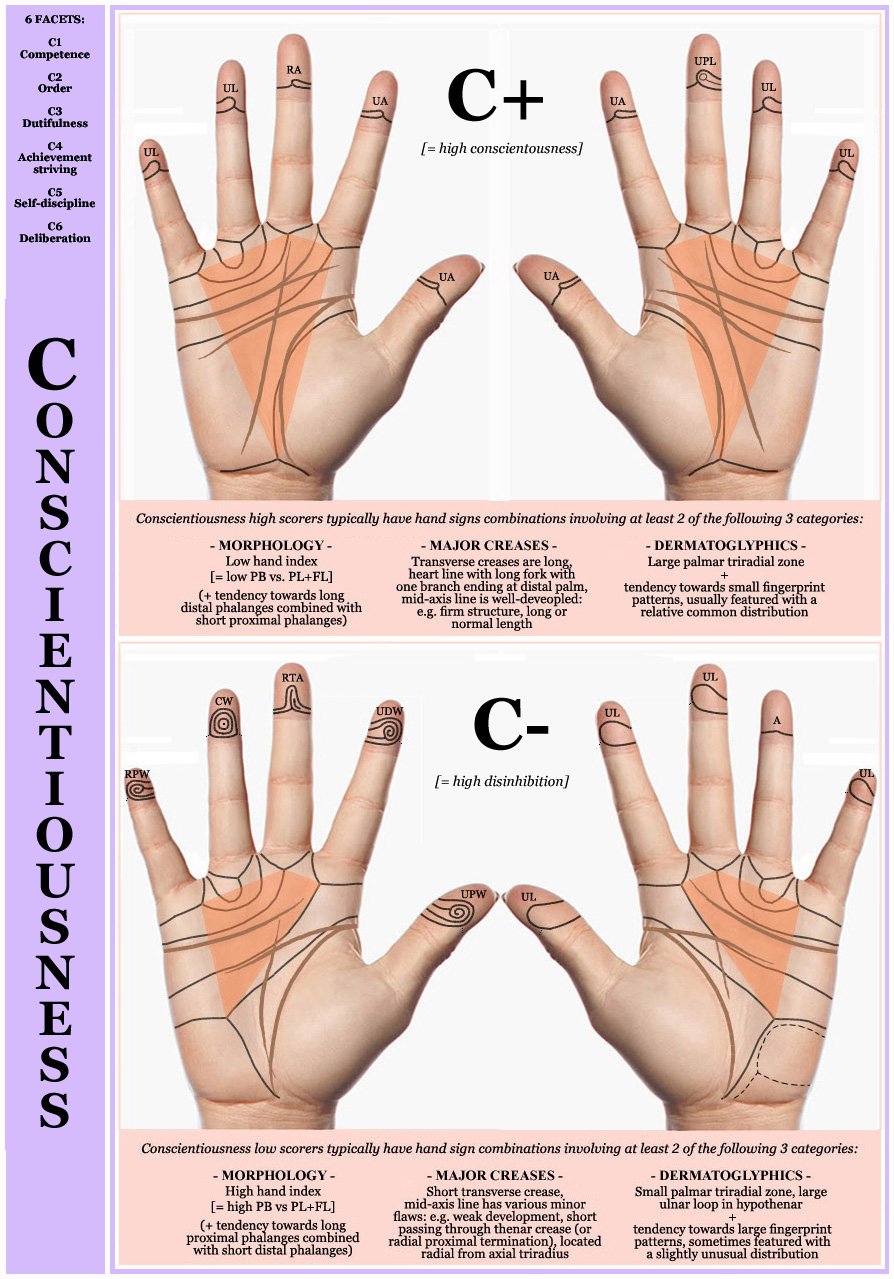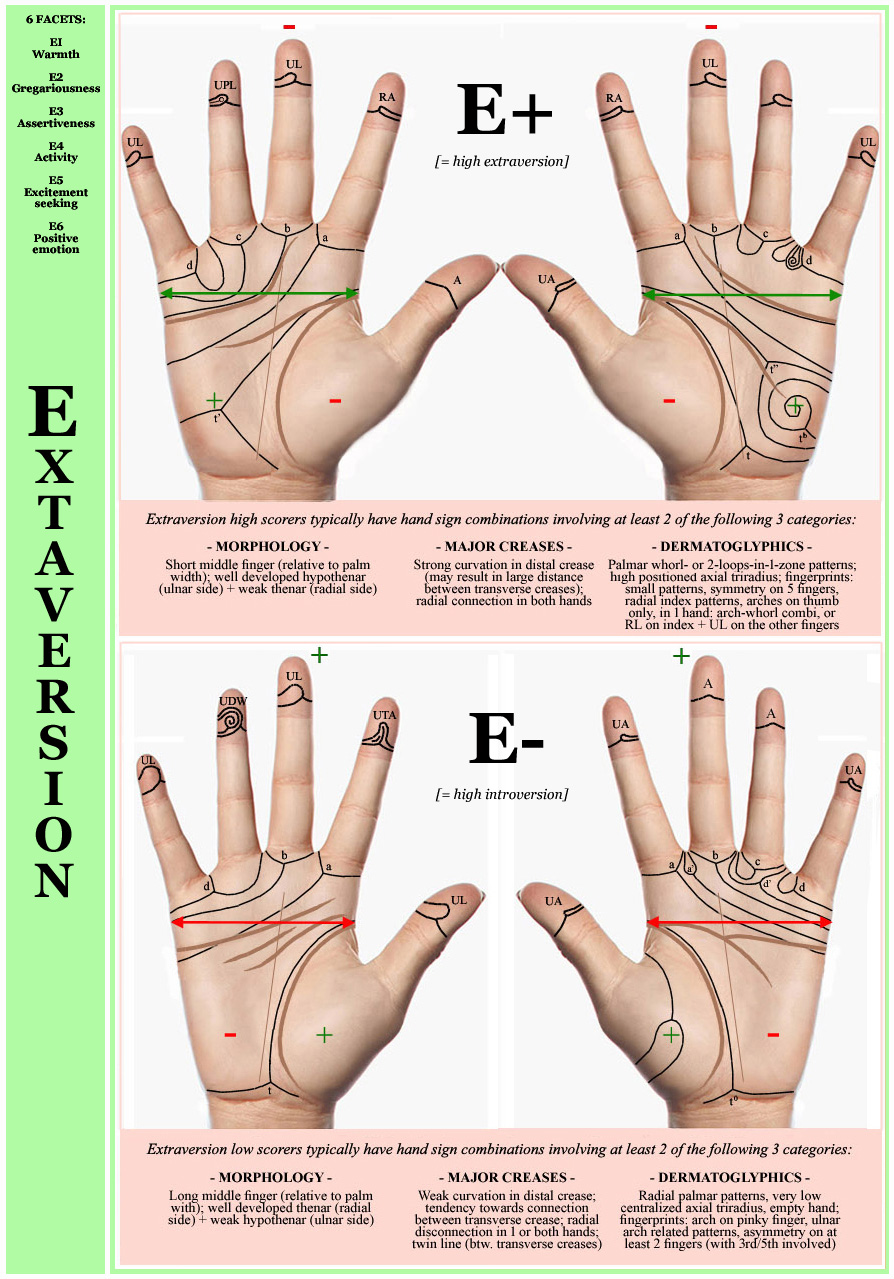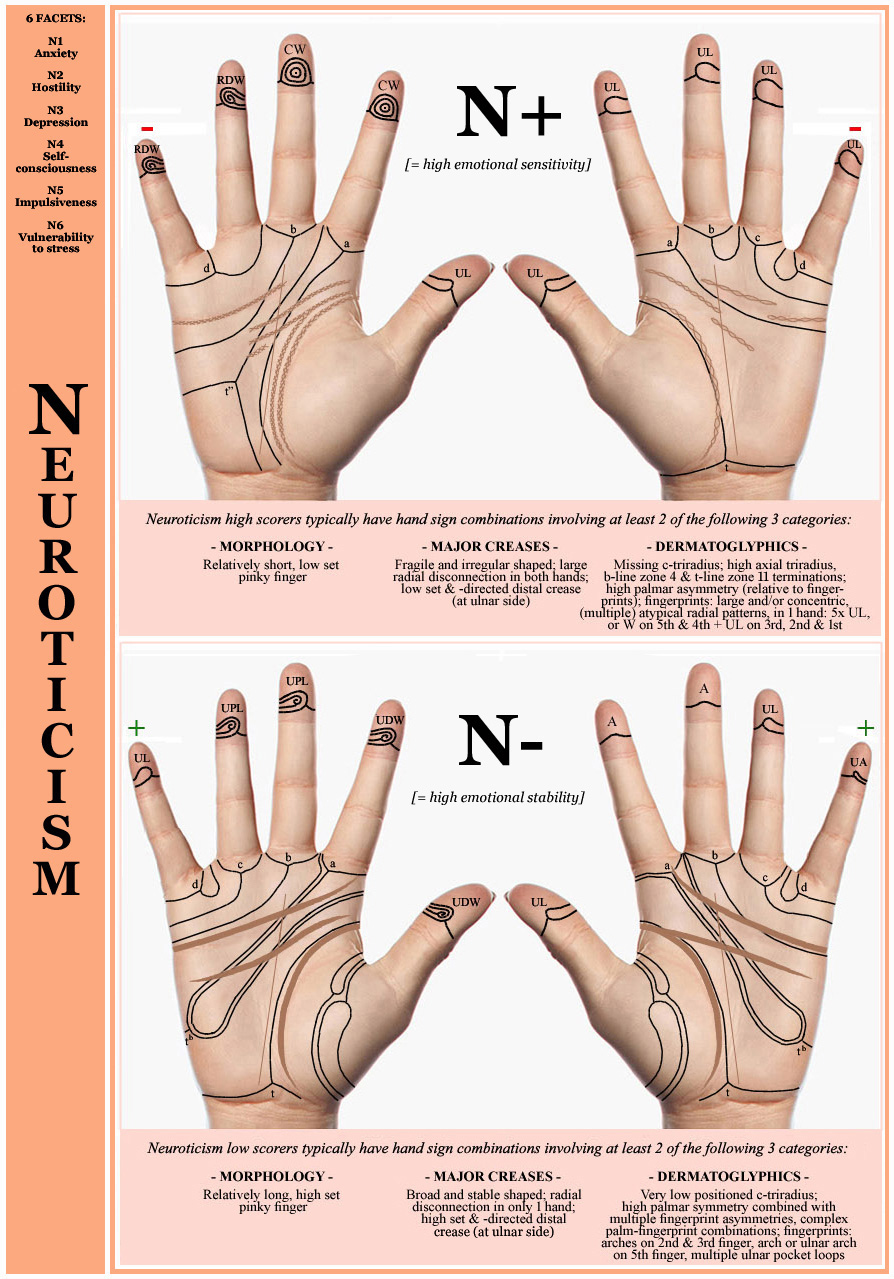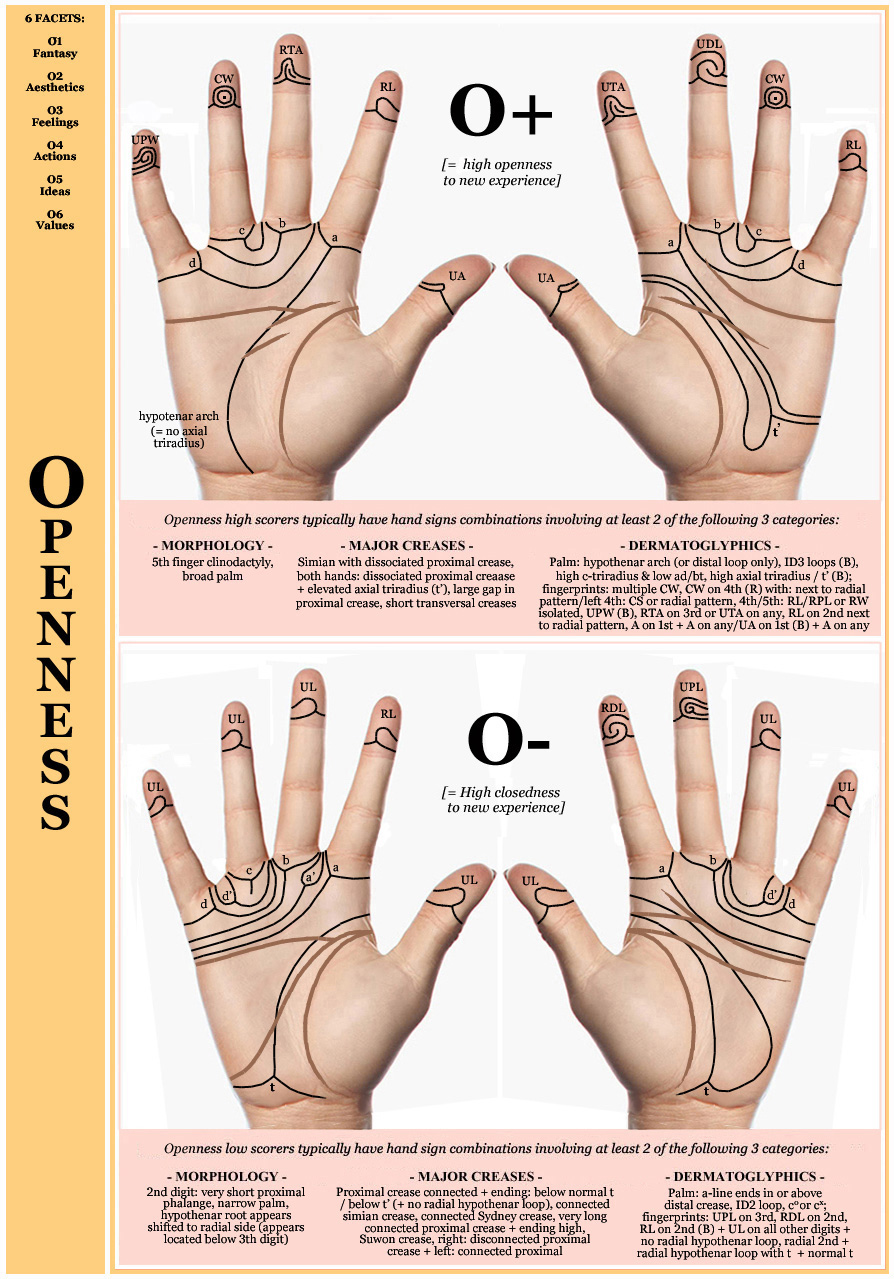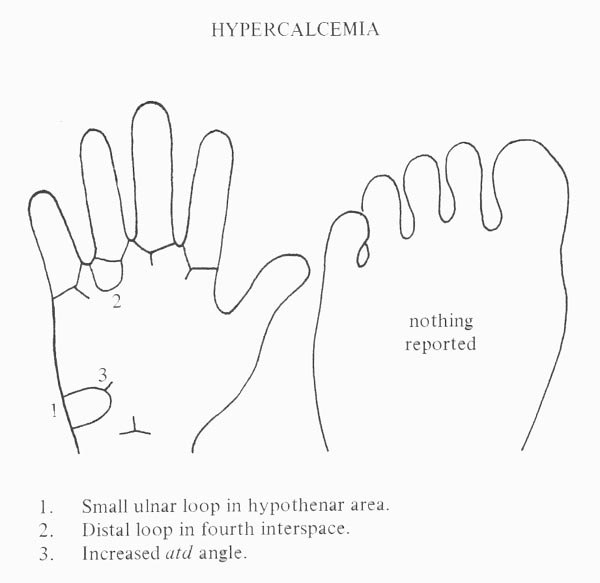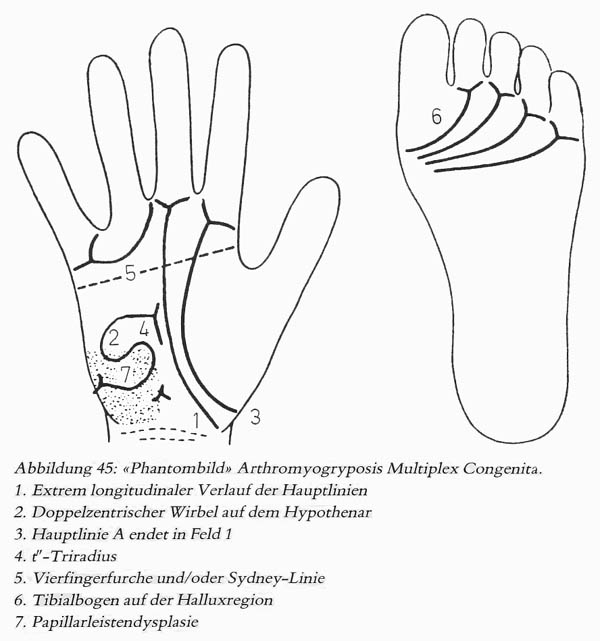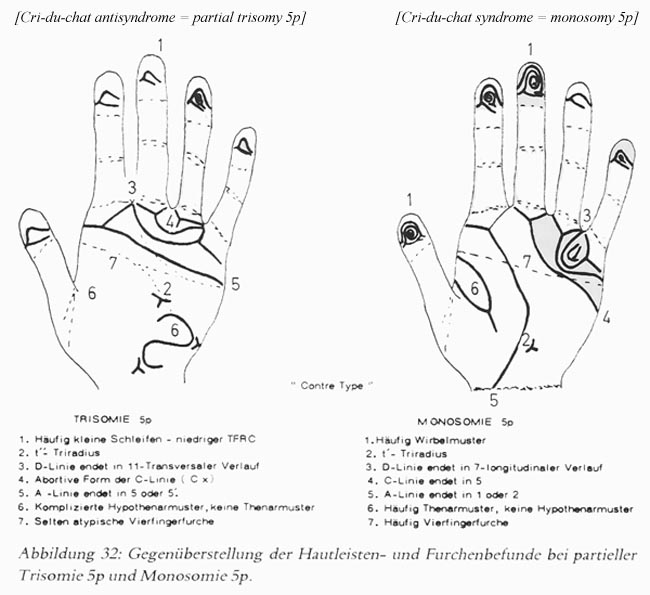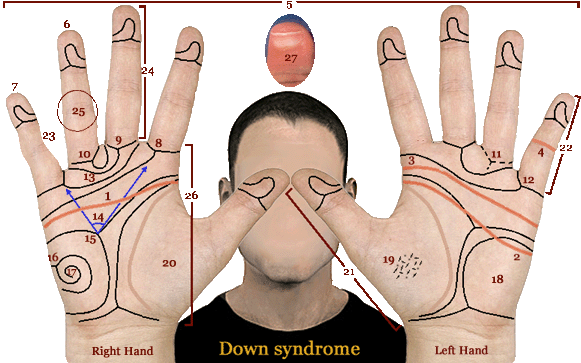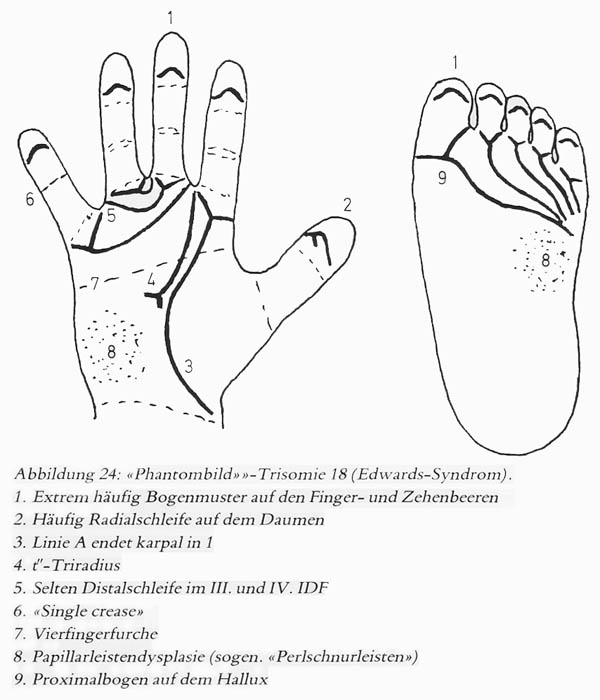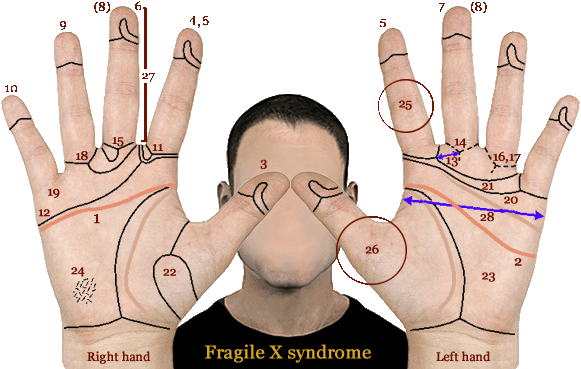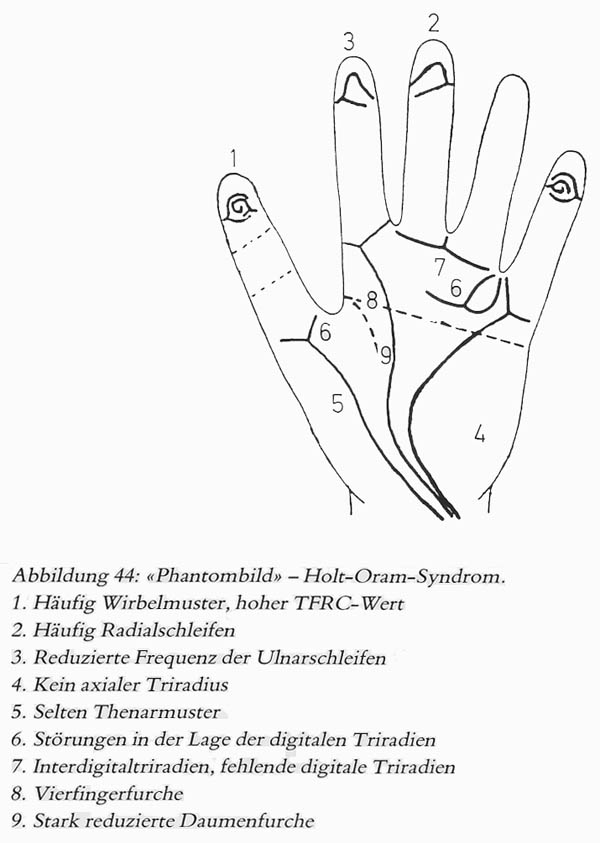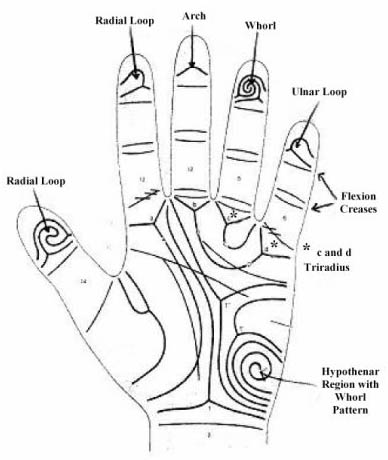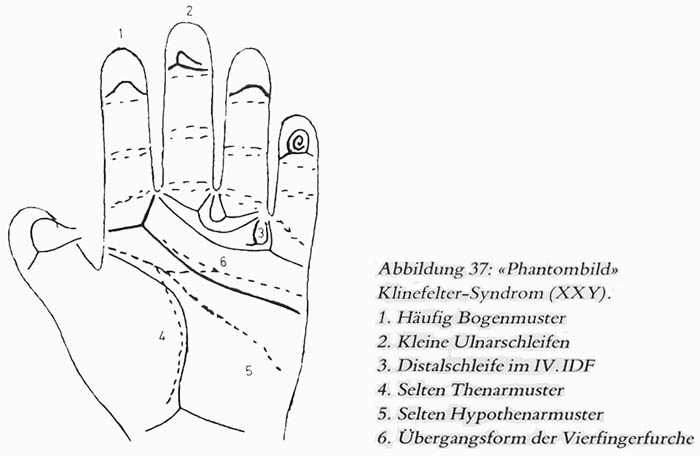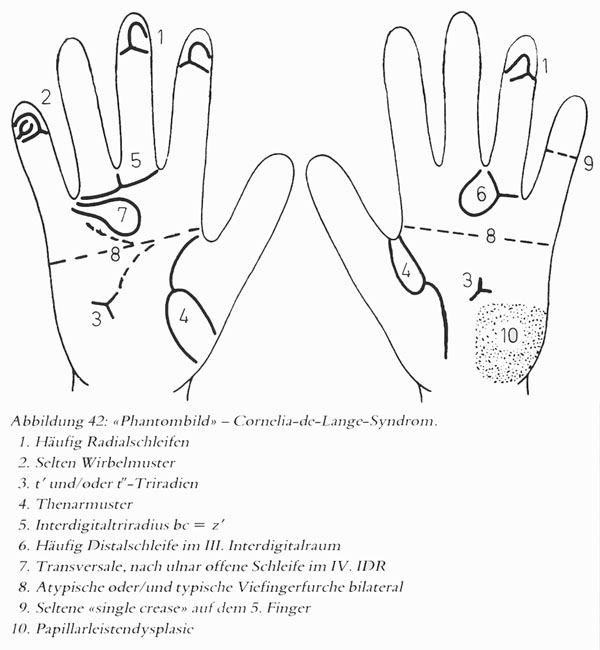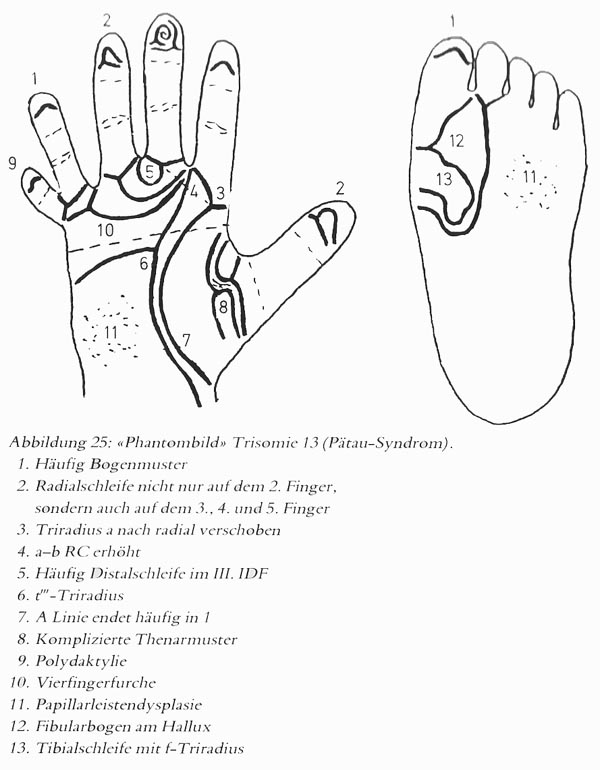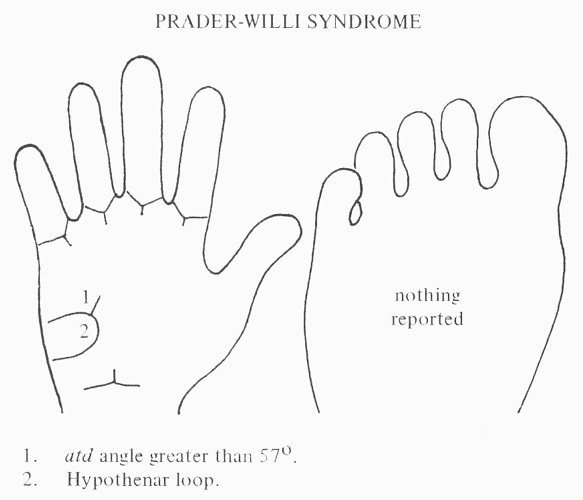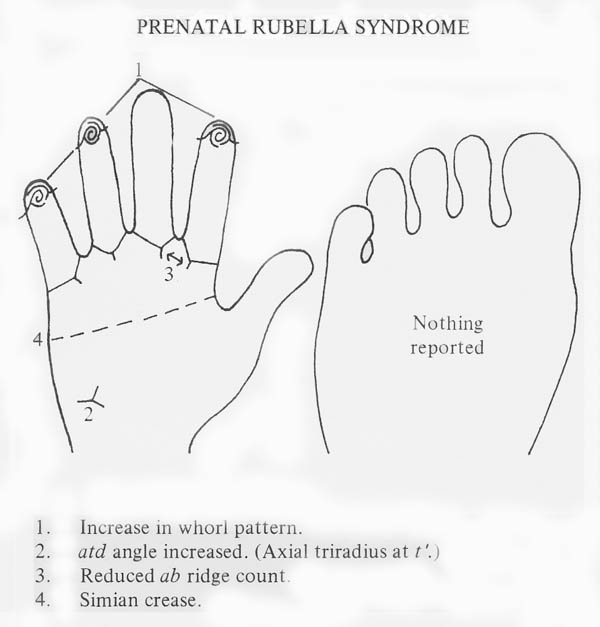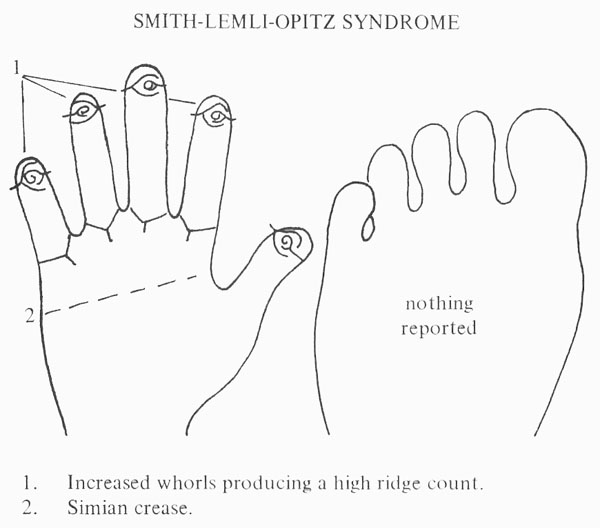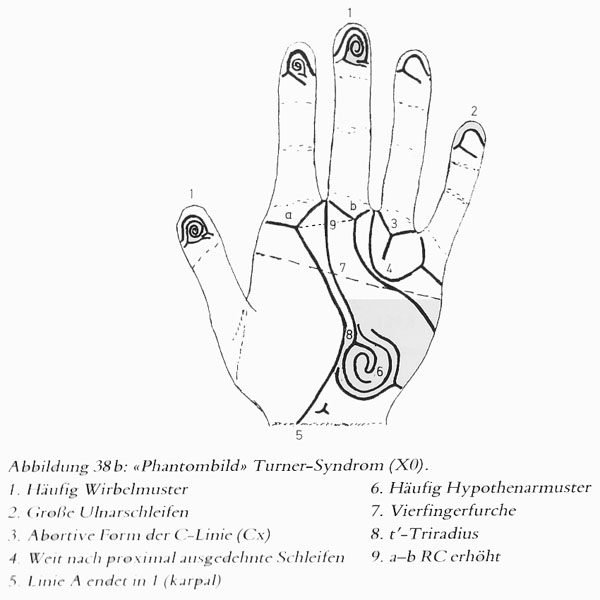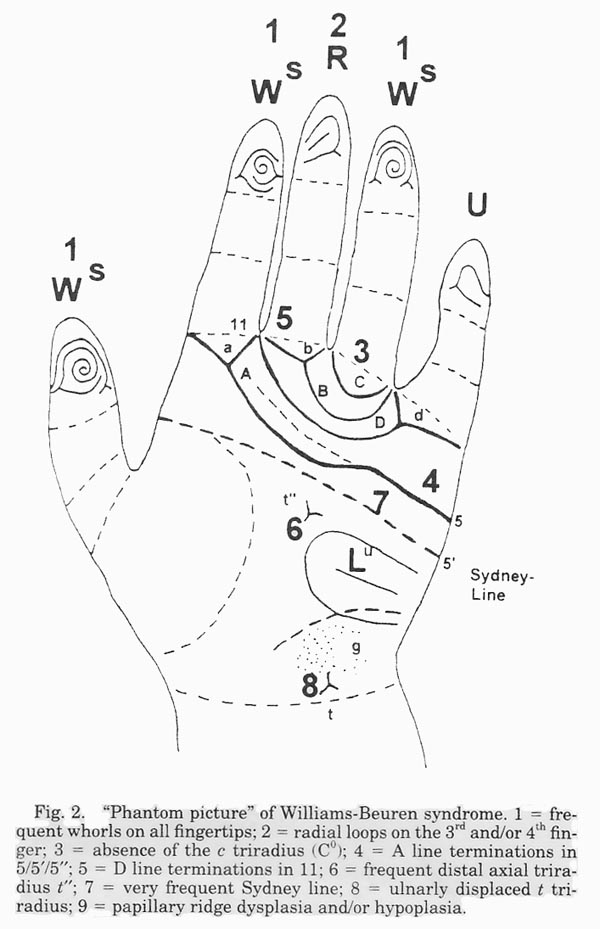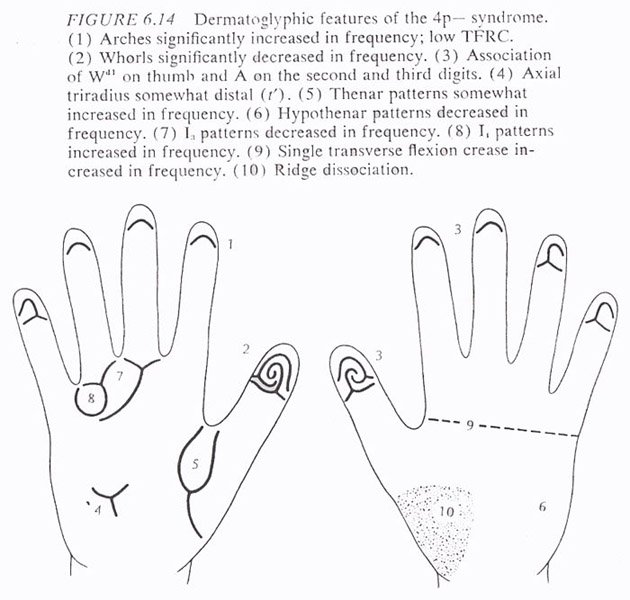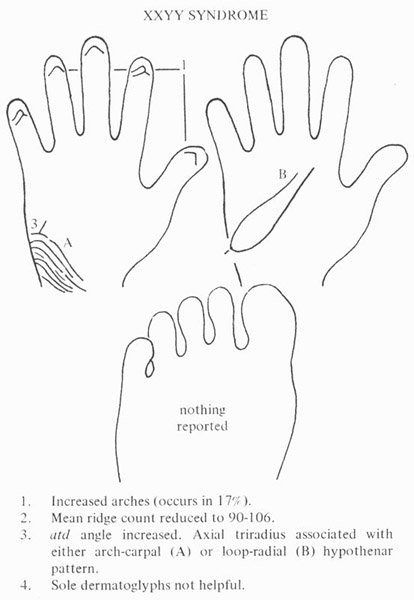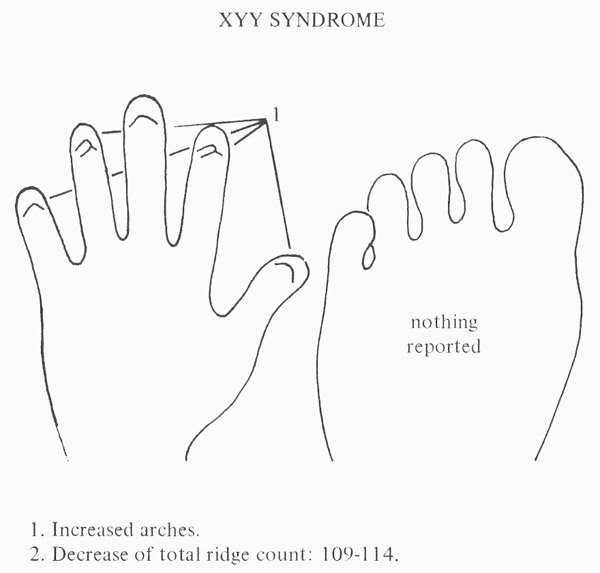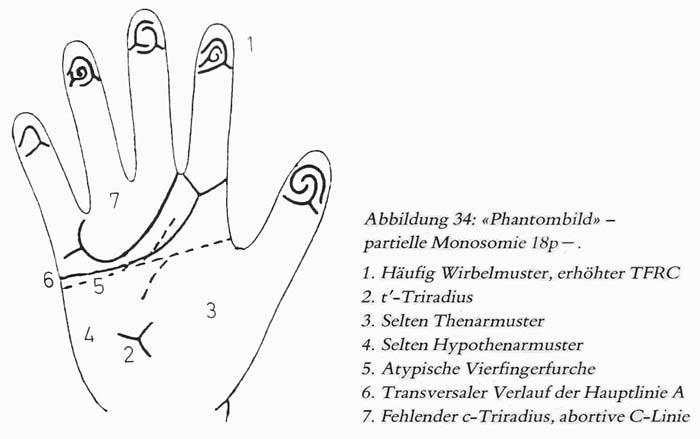
Scientific Hand Charts Collection:
Big Five personality dimension Neuroticism!
1 Hand Chart for
Neuroticism vs. Emotional Stabiliy!
Neuroticism is a fundamental personality trait in the study of psychology and is recognized as one of the Big Five personality dimensions. Individuals who score high on Neuroticism are more likely than the average to experience such feelings as: anxiety, hostility, depression, self-consciousness, impulsiveness & vulnerability to stress.
Prevalence: approximately 1 in 4 people are high scorers for 'neuroticism' (emotional instable) and versus 1 in 4 people are low scorers, which represents 'emotional stability' (emotional stable); additionally, 2 in 4 people score between 'neuroticism' & 'emotional stability' (emotional variable).
The hand charts below describe how the Big Five personality dimension Neuroticism correlates significantly with the 3 major palmar lines, the dermatoglyphics, and the pinky finger.
NOTICE: Individual hand features described below should not get associated in isolation with any theme; only combinations involving multiple hand levels have potential for diagnostic purposes.
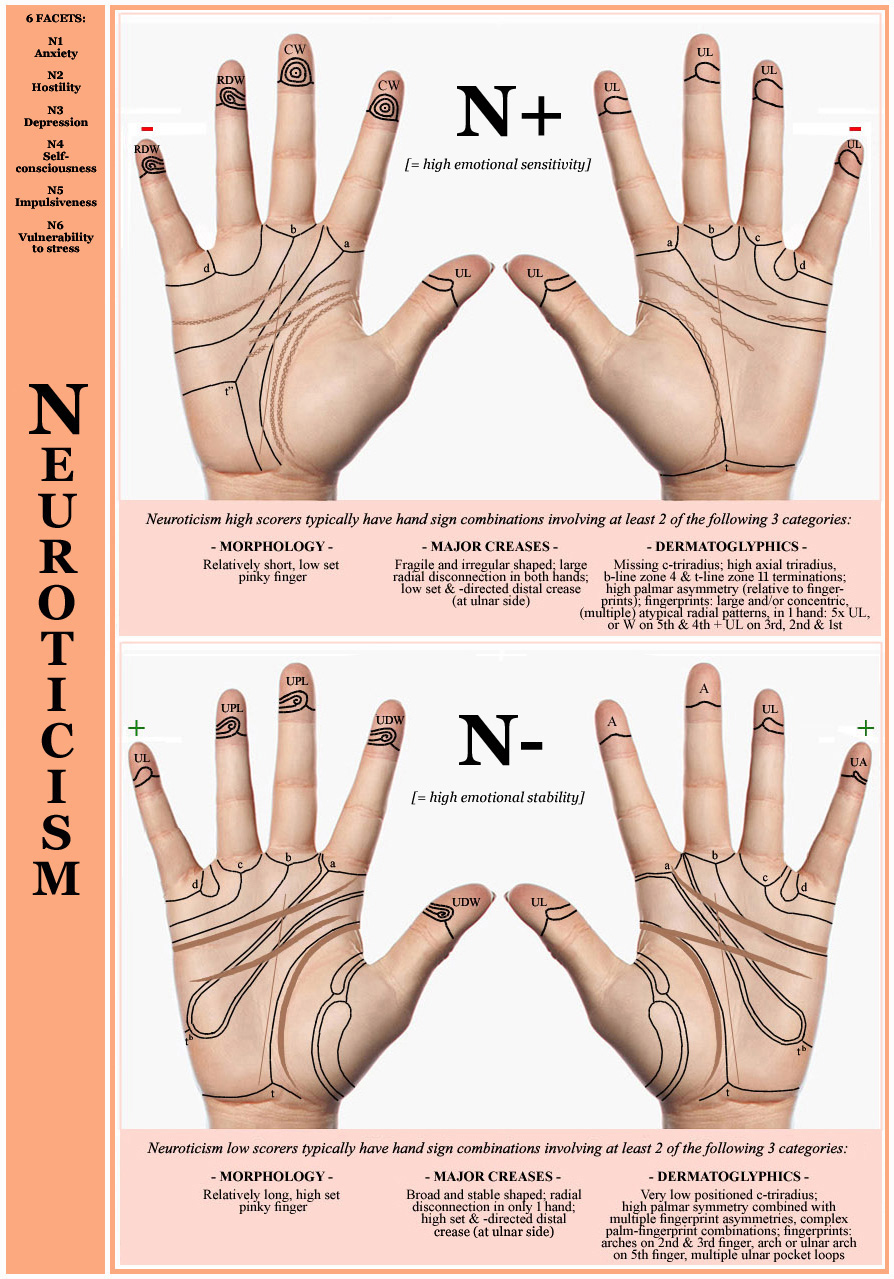
Hand chart: 12 hand signs in Emotional Stability & Neuroticism! (2015);
author: M. van Mensvoort
Other significant hand signs (not reported inside the hand charts):
Various studies have reported weak positive correlations between the Big Five dimension Neuroticism and the 2d:4d finger ratio, especially in females (sources: C. Sindermann et. al, 2016, Y. Uddin & J. Gray, 2013).
One study has indicated that the Big Five dimension Neuroticism has a strong negative correlation with 'hand flux' + a small negative correlation with 'hand distance' (source: G. Luck et al., 2010).
All significant hand signs listed above for the Big Five personality dimension Neuroticism together cover four out of the nine perspectives of the hand as defined according Multi-Perspective Hand Reading (including hand level 1, 5, 8 & 9).
A summary of the most significant hand sign combinations in the Big Five dimension Neuroticism is described here:
Decoding the language of the hand:
hand sign combinations in the Big Five dimension Neuroticism!
Hand charts are available for many other diagnostic issues;
start browsing HERE
![]() SCIENTIFIC HAND CHARTS: Introduction
SCIENTIFIC HAND CHARTS: Introduction
Hand charts for Big Five personality dimensions:
• Hand chart(s) for Agreeableness (2x: 1 in 4 people)
• Hand chart(s) for Conscientiousness (2x: 1 in 4 people)
• Hand chart(s) for Extraversion (2x: 1 in 4 people)
• Hand chart(s) Neuroticism (2x: 1 in 4 people)
• Hand chart(s) Openness (2x: 1 in 4 people)
Hand charts for diseases:
• Hand charts for hypercalcemia (1 in 4,000 people)
Hand charts for syndromes:
• Hand charts for arthrogryposis (1 in 10,000 people)
• Hand charts for cri-du-chat syndrome (1 in 30,000 people)
• Hand charts for Down syndrome (1 in 700 live births)
• Hand charts for Edwards syndrome (1 in 6,000 live births)
• Hand charts for fetal alcolhol syndrome (1 in 500 people)
• Hand charts for fragile-X syndrome (1 in 5,000 people)
• Hand charts for Holt-Oram syndrome (1 in 100,000 live b.)
• Hand charts for Kabuki syndrome (1 in 32,000 people)
• Hand charts for Klinefelter syndrome (1 in 1000 males)
• Hand charts for de Lange syndrome (1 in 15,000 live births)
• Hand charts for Marfan syndrome (1 in 5,000 people)
• Hand charts for Patau syndrome (1 in 15,000 live births)
• Hand charts for Prader-Willi syndrome (1 in 15,000 births)
• Hand charts for Rubella syndrome (1 in 100,000 people)
• Hand charts for Rubinstein syndrome (1 in 200,000 births)
• Hand charts for SLOS (1 in 40,000 births)
• Hand charts for Turner syndrome (1 in 2,000 female births)
• Hand charts for Warkany syndrome (1 in 200,000 births)
• Hand charts for Williams syndrome (1 in 14,000 births)
• Hand charts for Wolf-Hirschhorn syndrome (1 in 50,000 b.)
• Hand charts for XXYY syndrome (1 in 30,000 male births)
• Hand charts for XYY syndrome (1 in 1,000 male births)
• Hand charts for 18 deletion syndromes (2 in 40,000 live b.)
NOTICE: Reflexology hand charts are not included in this section because the scientific foundation of any of such charts is actually unknown; nevertheless, you can read more about the fundamentals of such charts HERE.
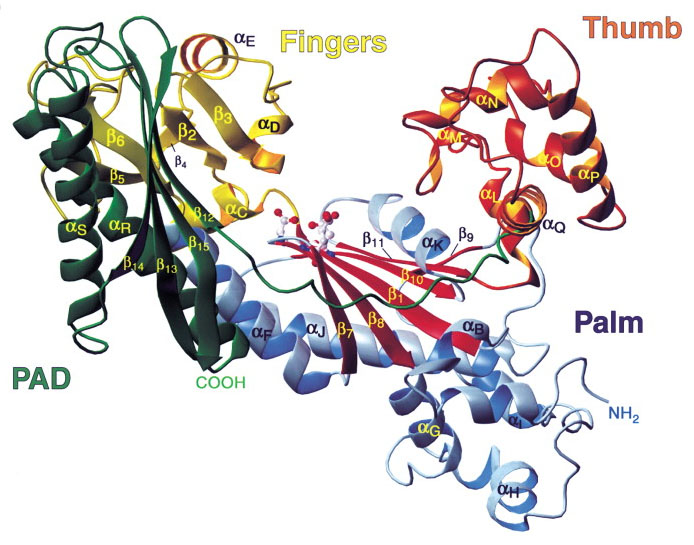
Other charts & maps:
• Fingerprints world map
• Hand reading experts world map
• Hand reflexology charts
